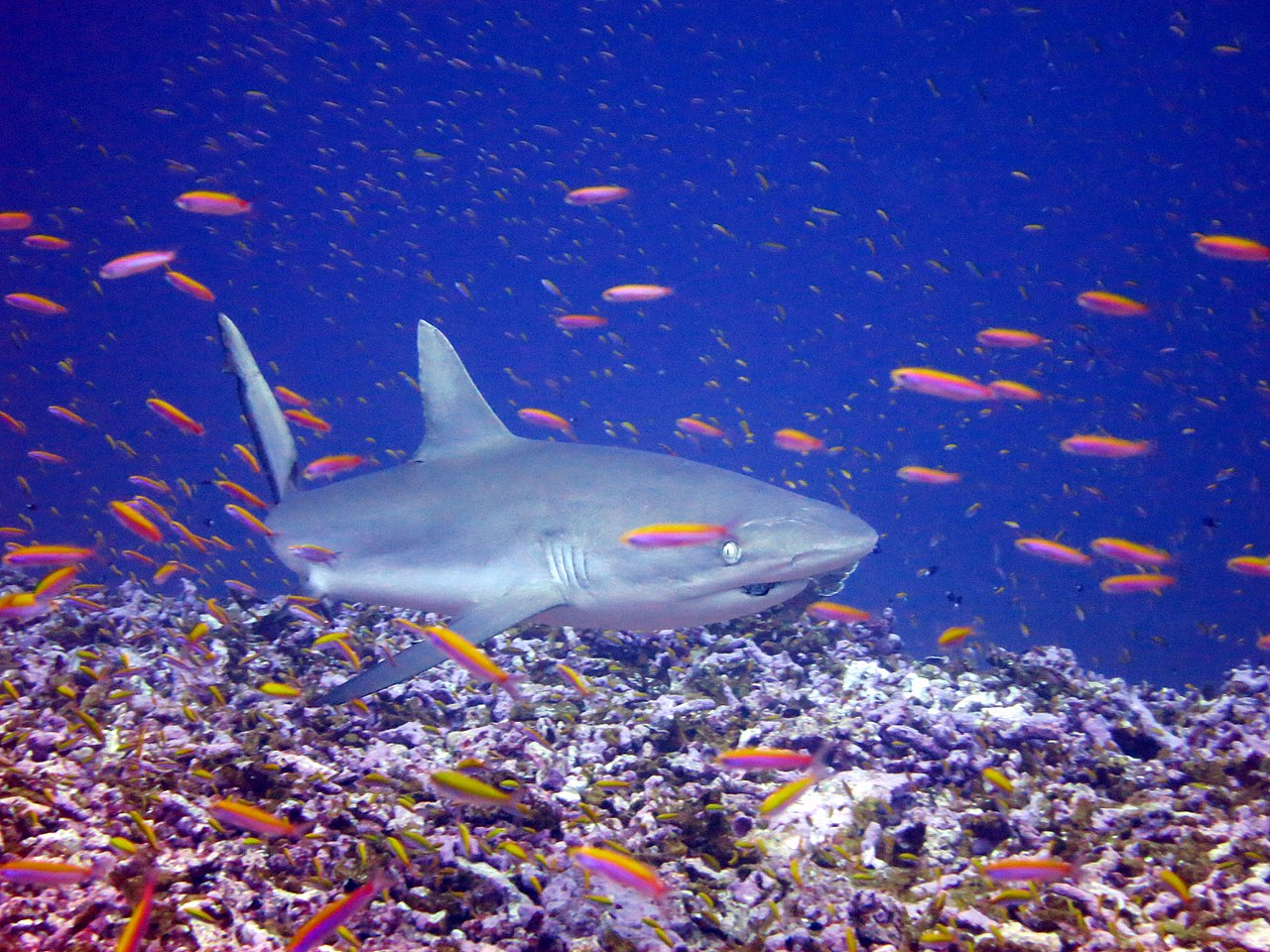
Sharks get a lot more attention than, say, sea cucumbers, possibly because sharks tend to have much bigger teeth. They even get their own week! (note to Discovery Channel: please find room for Sea Cucumber Week). And yet, as marine scientist and shark expert David Shiffman points out, scientists are still discovering new things about sharks and their dorsally-challenged cousins, the rays.
“There was a study that apparently stingrays can make sounds,” Shiffman told us in a recent podcast interview. “Which we did not know until this week, so there’s cool stuff happening all the time.”
That finding, published in journal Ecology, came to light thanks to contributions from non-scientists who shared their observations with researchers. First, in 2010, sea cucumber divers (divers who harvest sea cucumbers, not sea cucumbers that dive) reported hearing loud popping sounds coming from fleeing stingrays. Without recordings, those reports didn’t lead to published work, but researchers regarded them as credible. The new Ecology article came about partly thanks to dive instructor and underwater cinematographer Philip Christoff, who was trying to film a mangrove whipray, which became annoyed and began making loud pops. Christoff not only captured the behavior on film, but his footage clearly showed that the ray made the finger-snap sounds with its spiracles, the holes through which rays suck water while lying on the seafloor.

About a thousand species of bony fish are known to grunt, moan, croak and otherwise vocalize but until now, exactly zero species of cartilaginous fish like sharks and rays have been recorded sounding off. There are anecdotal reports of whale sharks making a kind of purring sound, but Shiffman says his whale shark expert colleagues are skeptical. However, as you can hear in this video from the Ecology paper, the stingray sounds are undeniable (hear them beginning at the 0:26 mark of the video).
Especially with regard to the vast ocean environment, observations from citizen scientists are critical for maintaining robust research efforts. Shiffman points out that one of the longest-running and most successful citizen science efforts in the U.S. is the National Cooperative Research Program, run by the National Oceanic and Atmospheric Administration (NOAA). It’s the umbrella program that operates a number of fish tagging projects, including the Cooperative Shark Tagging Program.
“You catch a particular species of animal, you’re given a particular tag, you put the tag on it,” explains Shiffman. The tag has a unique ID number on it and a phone number. “And then you mail in a little postcard that says ‘I used tag number 317, it was on this animal, here’s how big it was, here’s the date that I caught it.’ And then when its caught again somewhere else, the government is able to track that.”

Over the past sixty years, participants have tagged over 300,000 sharks, representing 52 species. Tracking them has provided much of what scientists know about shark abundance, behavior, migration, and mortality. You can learn more at the Cooperative Shark Tagging Program website.
Other shark-related citizen science projects include eShark, Wildbook for Whale Sharks and The Shark Trust Great Egg Case Hunt.
With an estimated billion sharks in the world and only a few dedicated shark researchers, citizen scientists have a big role to play in helping to understand and conserve this undersea apex predator.

